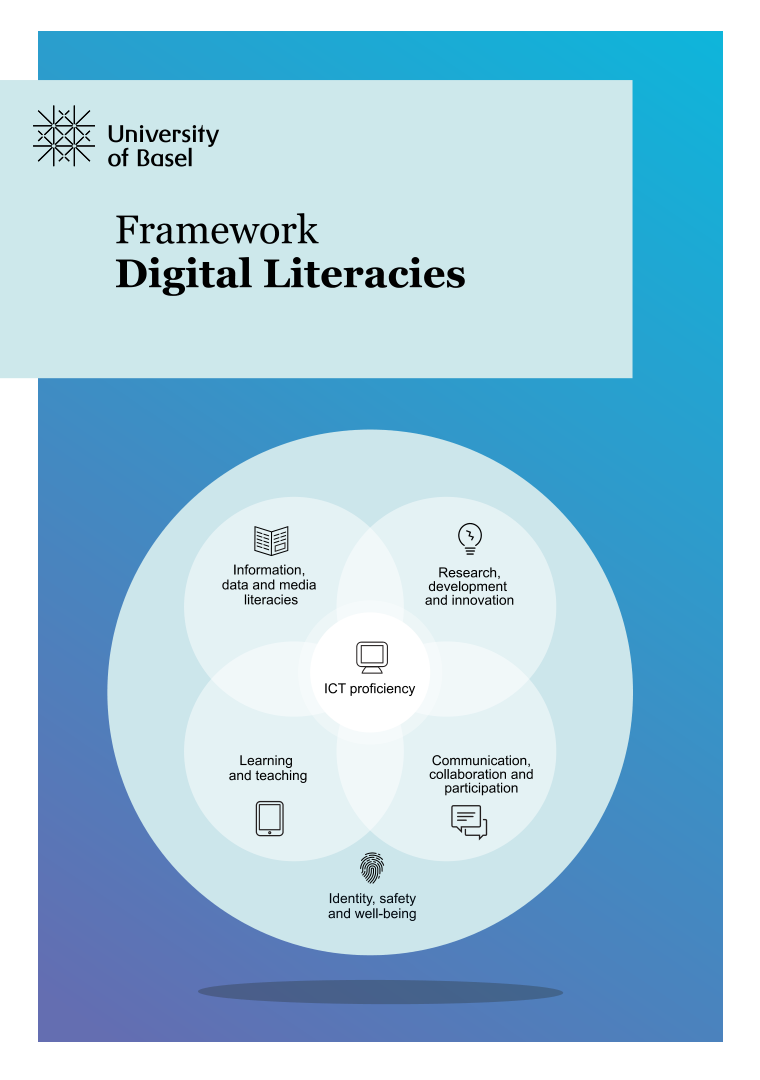Literacy area 2
Information, data and media literacies
Being digitally literate in the area of information, data and media content means being able to find, evaluate, organise, use and permanently store information and data in different formats to answer questions, solve problems, and gain knowledge.
In the context of digitalisation, raw data can be defined as records of real-world events, captured and stored using digital devices. One way of producing information consists in analysing and interpreting raw data in order to offer a re-description that can serve for human communication. Information comes in different formats, so that news articles, documentary films, picture books, or podcasts may all be seen as different vectors of information.
In the age of digital multimedia, the cost of producing and diffusing data and information decreases. As a result, the quantity of openly accessible information rises, while its overall quality tends to vary more widely. In consequence, the capacity to evaluate the trustworthiness of data and information in various formats acquires a particular importance.
Concerning data, it is important to have an understanding of how data, as well as the information deriving from it, are used in professional and public life; how personal data may be collected and used; and what are the main legal, ethical and security guidelines in data collection and use. For this, a basic understanding of the nature of algorithms is useful.
Concretely, information literacy means the capacity to:
- find, evaluate, manage, curate, organise and share digital information;
- interpret digital information for academic and professional/vocational purposes;
- review, analyse and re-present digital information in different settings;
- critically evaluate information in terms of its provenance, relevance, value and credibility;
- understand and critically assess AI-based generative tools for content and media creation (text, images, audio, video, animation);
- reference digital works appropriately in different contexts, while respecting the rules of copyright and open licenses, such as Creative Commons.
Data literacy means the capacity to:
- collate, manage, access and use digital data in spreadsheets, databases and other formats;
- interpret data by running queries, data analyses and reports;
- all while applying the principles of personal data security.
Media literacy means the capacity to:
- critically receive and respond to messages in a range of media – text, graphics, audio, video, animation;
- curate, re-edit and repurpose media, giving due recognition to originators;
- critically evaluate media messages in terms of their provenance and purpose;
- understand digital media as a social, political and educational tool.
Legal notice
The above description is adapted from the «Digital Capabilities Framework» of the British organisation JISC. The adaptation has been realized by the Educational Technologies of the University of Basel within the context of the project Digital Literacies.
The text on this page is licensed under the Creative Commons License «Attribution-Non-Commercial-ShareAlike» (CC BY-NC-SA). You can find more information on the web site of the Creative Commons Foundation.

